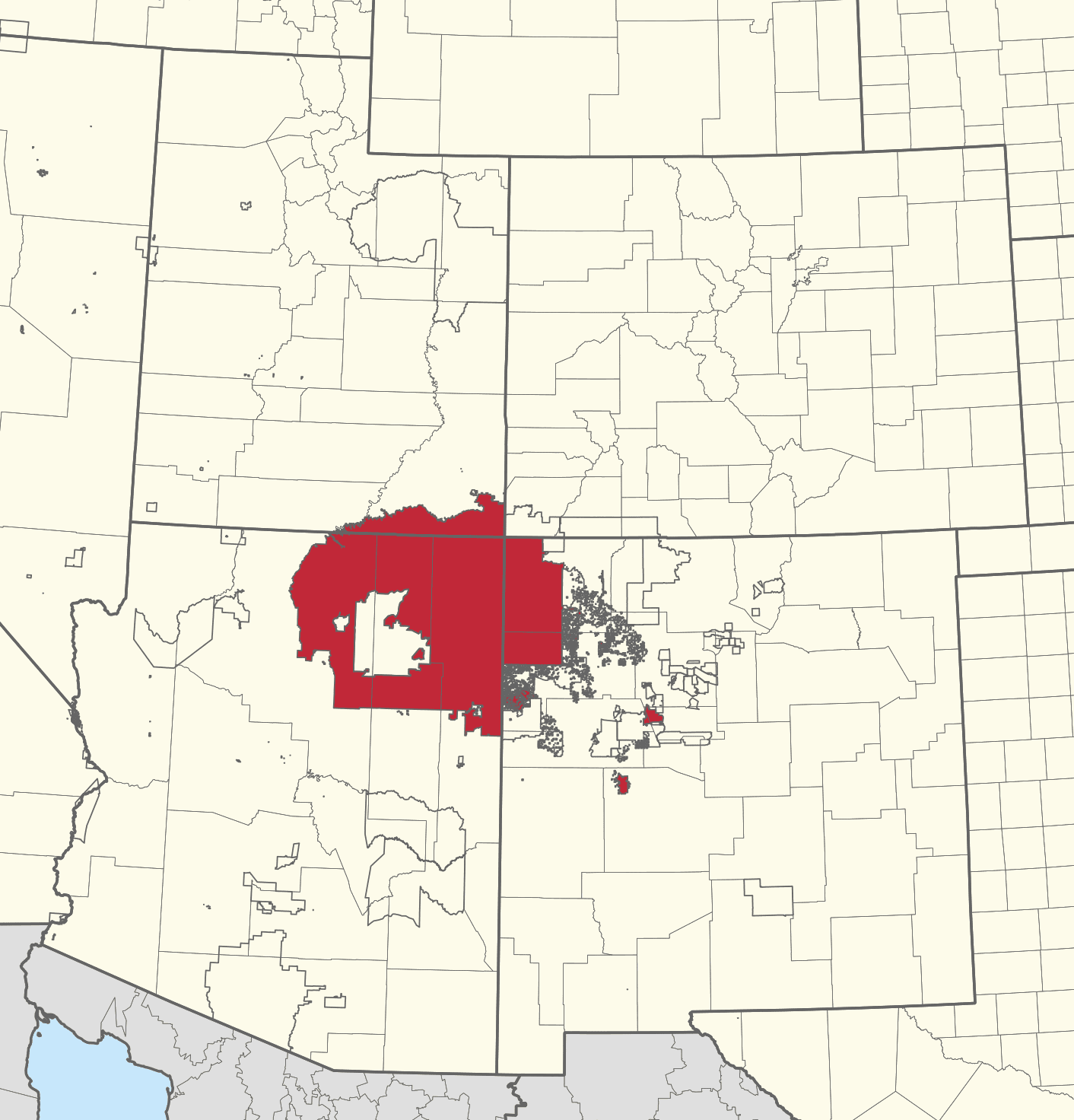Jurist.org reports that two water cases involving the Navajo Nation have been placed on the U.S. Supreme Court docket.
reports that two water cases involving the Navajo Nation have been placed on the U.S. Supreme Court docket.
The first is Arizona v. Navajo Nation . SCOTUS blog identifies the issues:
. SCOTUS blog identifies the issues:
- Whether the opinion of the U.S. Court of Appeals for the 9th Circuit, allowing the Navajo Nation to proceed with a claim to enjoin the secretary of the U.S. Department of the Interior to develop a plan to meet the Navajo Nation’s water needs and manage the mainstream of the Colorado River in the Lower Basin (LBCR) so as not to interfere with that plan, infringes upon the Supreme Court’s retained and exclusive jurisdiction over the allocation of water from the LBCR mainstream in Arizona v. California
 ; and
; and - Whether the Navajo Nation can state a cognizable claim for breach of trust consistent with the Supreme Court’s holding in United States v. Jicarilla Apache Nation
 based solely on unquantified implied rights to water under the doctrine of Winters v. United States
based solely on unquantified implied rights to water under the doctrine of Winters v. United States .
.
The second case is titled Department of the Interior v. Navajo Nation , where the issue is described by SCOTUS Blog as “Whether the federal government owes the Navajo Nation an affirmative, judicially enforceable fiduciary duty to assess and address the Navajo Nation’s need for water from particular sources, in the absence of any substantive source of law that expressly establishes such a duty.”
, where the issue is described by SCOTUS Blog as “Whether the federal government owes the Navajo Nation an affirmative, judicially enforceable fiduciary duty to assess and address the Navajo Nation’s need for water from particular sources, in the absence of any substantive source of law that expressly establishes such a duty.”
The Winters doctrine generally means that when the federal government created a reservation for the Tribes, the act of establishing a reservation created reserved rights for the Tribes to have a sufficient water supply while living on the reservation.
The Navajo Nation is over 17 million acres and is the largest tribal reservation in the United States. It covers portions of northeastern Arizona, northwestern New Mexico, and southeastern Utah.
Image: Public domain locator map of the Navajo Nation .
.


Leave a Reply